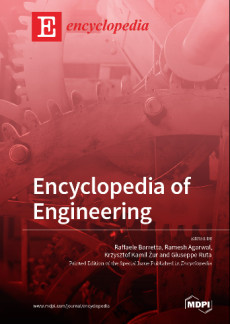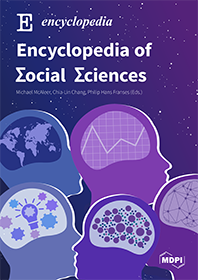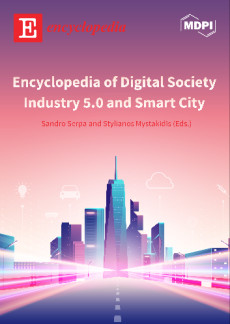You're using an outdated browser. Please upgrade to a modern browser for the best experience.
Subject:
All Disciplines
Arts & Humanities
Biology & Life Sciences
Business & Economics
Chemistry & Materials Science
Computer Science & Mathematics
Engineering
Environmental & Earth Sciences
Medicine & Pharmacology
Physical Sciences
Public Health & Healthcare
Social Sciences
Sort by:
Filter:
Topic Review
- 1.4K
- 13 Oct 2023
Topic Review
- 1.4K
- 19 Jan 2021
Topic Review
- 1.4K
- 31 Oct 2024
Topic Review
- 1.4K
- 09 Mar 2023
Topic Review
- 1.4K
- 05 May 2022
Topic Review
- 1.4K
- 24 Nov 2021
Topic Review
- 1.3K
- 08 Aug 2023
Topic Review
- 1.3K
- 02 Aug 2022
Topic Review
- 1.3K
- 28 Jul 2022
Topic Review
- 1.3K
- 23 Aug 2021
Topic Review
- 1.3K
- 24 Nov 2021
Topic Review
- 1.3K
- 24 Jan 2022
Topic Review
- 1.3K
- 28 Jul 2022
Topic Review
- 1.2K
- 27 Feb 2024
Topic Review
- 1.2K
- 21 Jan 2022
Topic Review
- 1.2K
- 10 Mar 2023
Topic Review
- 1.2K
- 29 Oct 2020
Topic Review
- 1.2K
- 21 Jun 2022
Topic Review
- 1.2K
- 21 Apr 2021
Topic Review
- 1.2K
- 20 Nov 2022
Featured Entry Collections
>>
Featured Books
- Encyclopedia of Engineering
- Volume 1 (2023) >>
- Chief Editor: Raffaele Barretta
- Encyclopedia of Social Sciences
- Chief Editor: Kum Fai Yuen




